Acoustic tagging of bass yields fresh data on the habits of this enigmatic of fish!

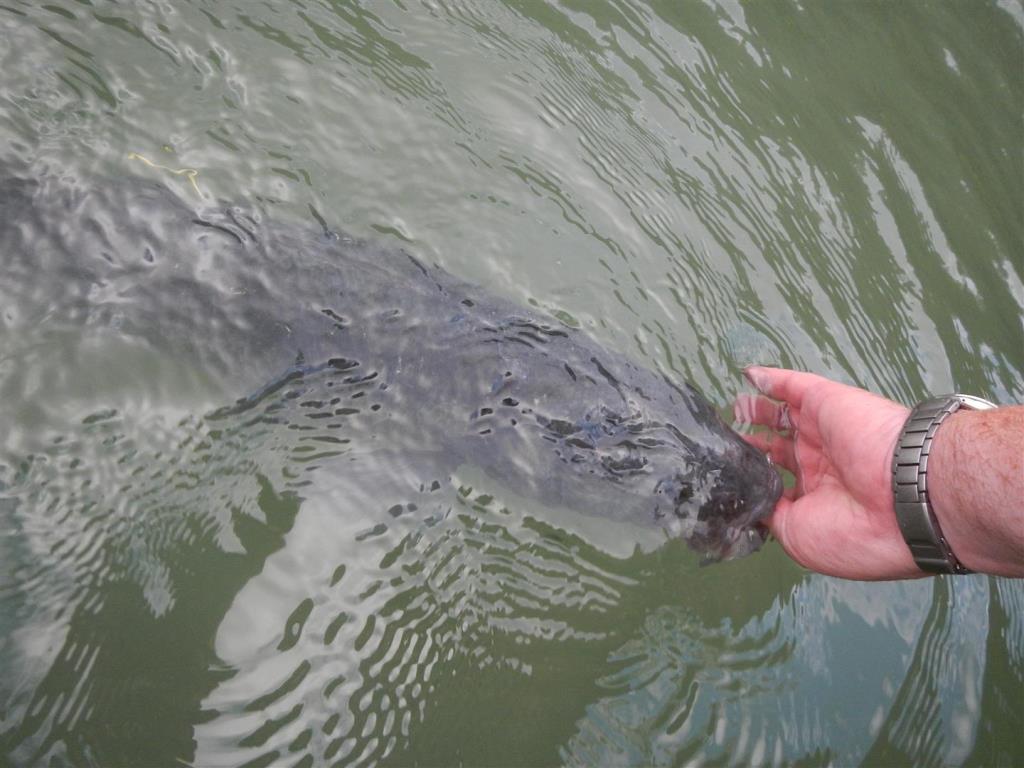
Setting one back to work!
Ground breaking research by a team of Irish scientists could help protect threatened stocks of sea bass. The team, led by Dr. tom Doyle of NUIG, monitored the movements of sea bass in Cork harbour over a period of three years. The fish were tracked using acoustic tags. The tags “ping” at intervals and the pings are picked up by an acoustic receiver array spread around the harbour area.
Sea Bass are known to migrate offshore during the autumn before returning inshore in the spring. The team tracked the fish during the summer but the receiver array also tracked the fish as they left the harbour for their winter migration. Incredibly the transmitters batteries last more than a year so the scientists were able to track any fish that managed to return to the harbour the following spring.

PING!
Almost all the fish that were tagged in the study period returned to the harbour. Two sets of fish were tagged over two years and both sets of fish returned. Not only did they return but the majority returned to the exact same location in the harbour where they were originally captured.
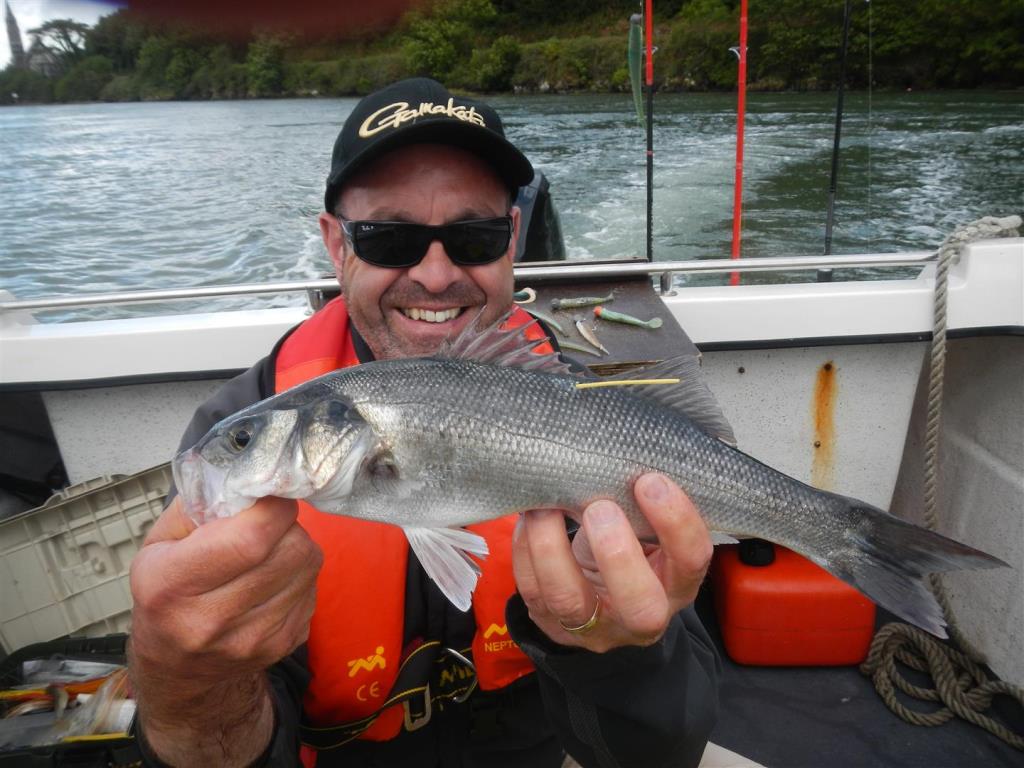
Fish 10700 was only a nipper!
“Incredible when you think that these slow growing, long-lived fish are returning to the same patch of water year on year. A ten pound bass can be more than twenty years of age” said lead scientist Tom Doyle. “This study has been an incredible educational experience. It is the perfect marriage between science and the angling community coming together to advance our knowledge on this enigmatic species”.
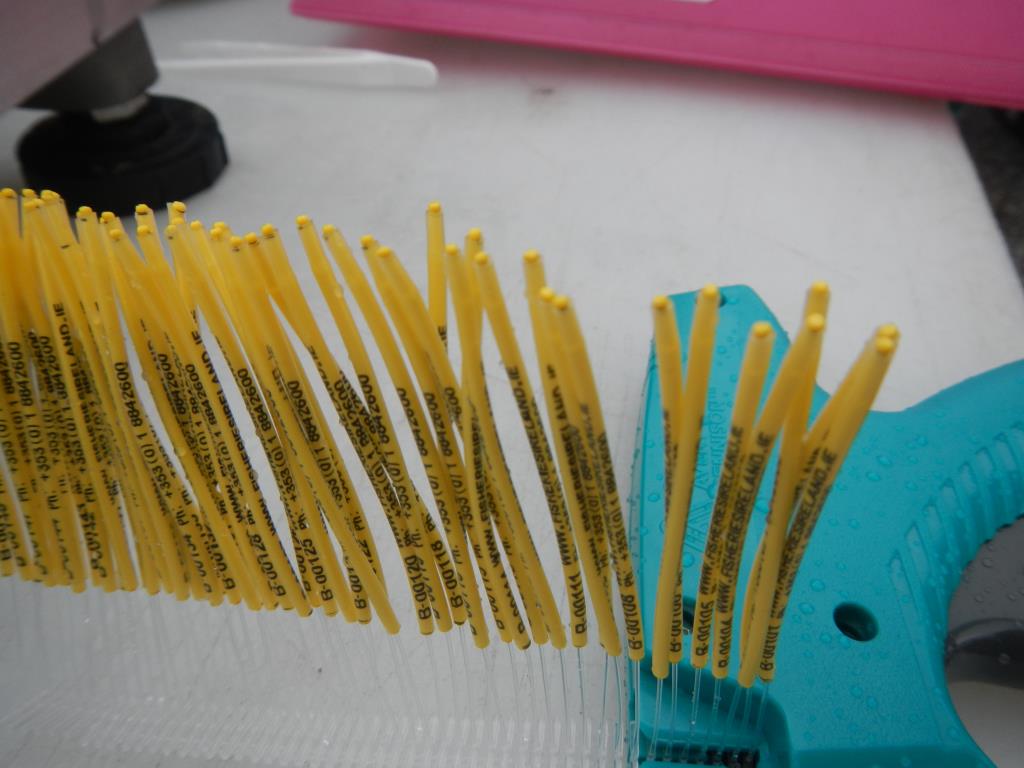
The fact that bass are frequenting the same area each year makes them incredibly vulnerable to being “fished out” of a particular area. Our knowledge is still very limited about bass. We do not know how or why a fish attaches itself to a particular area. If you take all the fish from a particular area by over fishing then they may never replace themselves or it could take years for more fish to replace the lost fish. It is clear that stock management plans should protect known bass “hot spots”. These areas need to be protected to save yearly returning fish. One can also consider the implications of removing a food source from a “bass hot spot”.
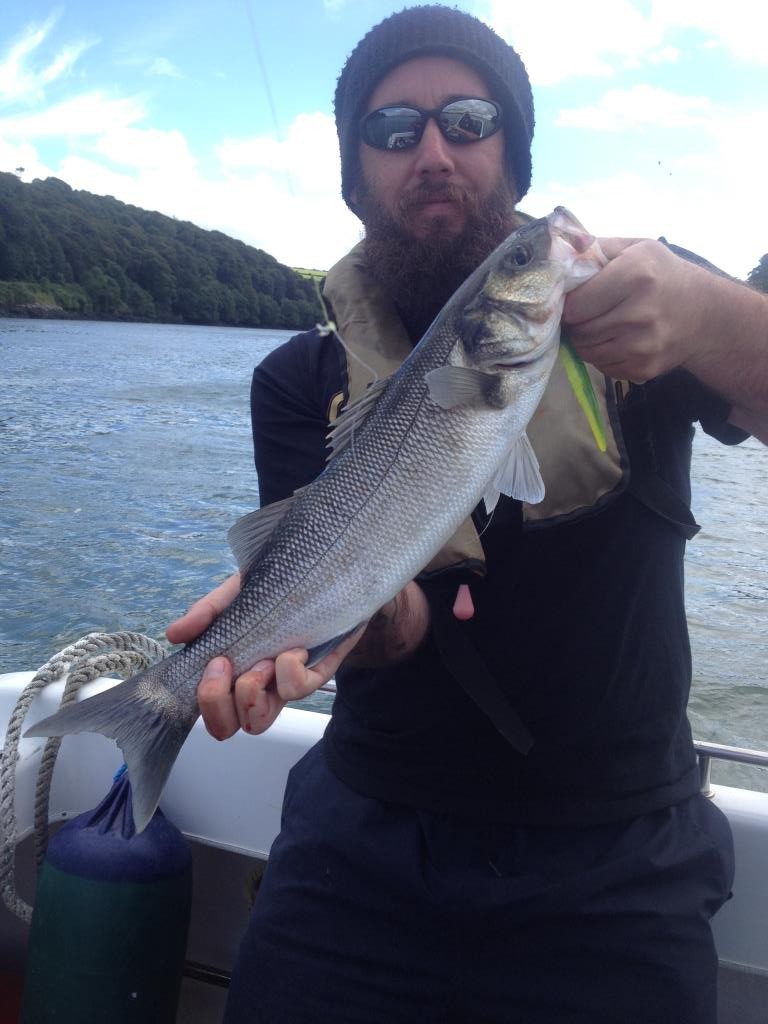
Bass 18474 was an East Ferry fish! Daire was the captor.
Bass are a very important species for recreational sea anglers. There is considerable revenue generated each year by local and tourist anglers rod and line angling for bass. The majority of rod caught bass are released by the anglers to fight another day. Although this was not a survivability-post-capture study it must be noted that all fish that were captured, tagged and released survived the experience. It points to “catch & release” angling to be the way forward to promoting good fishing and good stocks of fish. Fish that are treated carefully and released to the water quickly will survive.
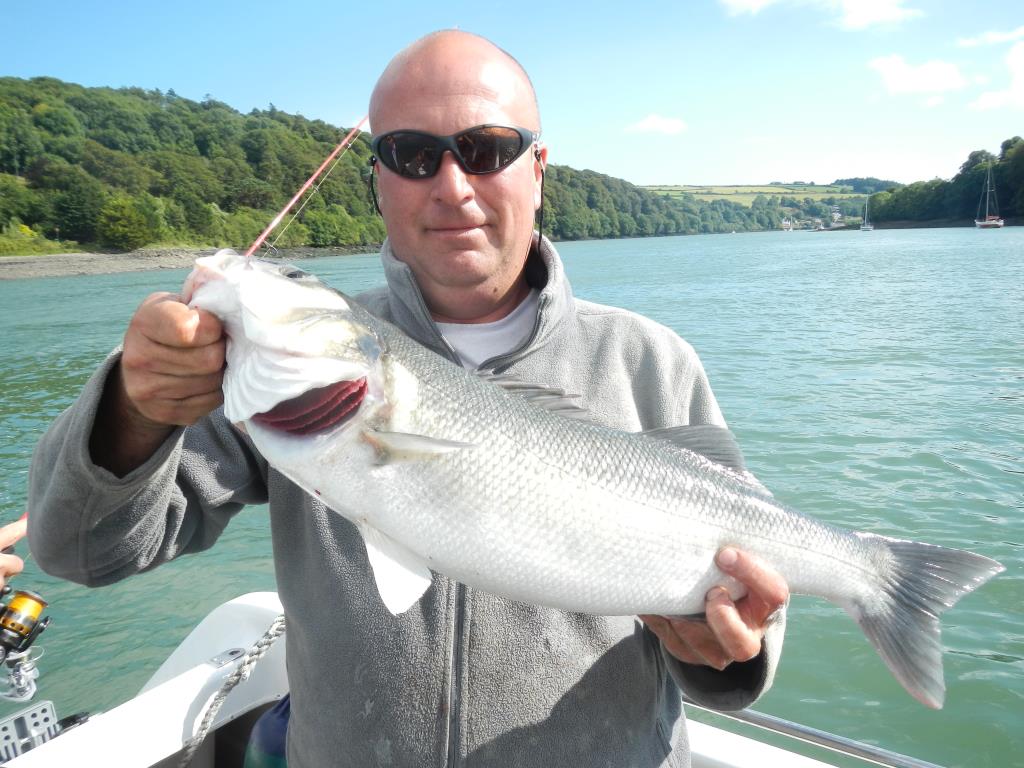
Andy Davies accounted for bass 18479
Up to 2014 Ireland was the only EU nation that offered protection for bass. Since 1990 the sale of Irish caught bass has been prohibited and strict catch limits are imposed on anglers. Since 2014 the EU recognised that bass stocks are in trouble due to over fishing in UK, French and Dutch waters. There has been a regime of control of commercial fishing implemented. Commercial fishing and sale of bass from Irish waters is still prohibited. There are strict limits to the amount of fish that UK, French and Dutch fishermen can take with nets and lines. Targeting of gathering shoals of spawning fish has be banned. Anglers observe a six month catch & release period and can only retain one fish per session for the remainder of the year. It is hoped that these rules will bring stocks of bass back to safe limits.
“Localised residency and inter-annual fidelity to coastal foraging areas may place sea bass at risk to local depletion.”
The complete paper is available to view and download here: http://www.nature.com/articles/srep45841
Or Here: http://rdcu.be/qC9q
or download the PDF here: Bass Paper PDF
Thanks To: Tom Doyle, Damien Haberlin, Mark Jessopp Ashley Bennison & Jim Clohessy

It would be wrong to say that it was tough work. It was tough fishing at times….


